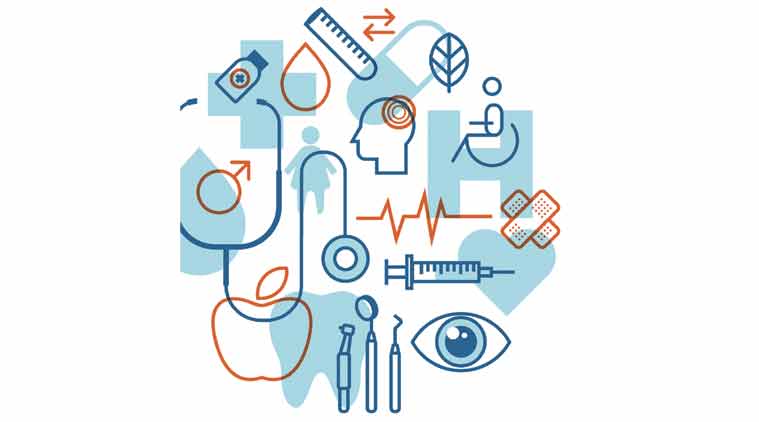3 Important Safety Processes for Pharma Companies: Pharmaceutical companies have a high bar of safety standards to meet. We rely on medications for conditions from headaches to heart disease, and we rely on the safety of these meds too.
A failure in drug safety can cause a significant health crisis and even cost lives.
In highly-regulated industries like pharma, safety standards are verified by documentation of quality assurance. This documentation is demonstrated by a quality management system that discovers threats to product quality and implements quality control. Quality control is an ongoing task, as threats to product safety can emerge at any time.
Any pharmaceutical company must adhere to strict quality assurance standards if they want to comply with FDA regulations and remain in business. Here are three important safety processes every pharma company needs to implement.
1. IQ OQ PQ
Much of the heavy lifting in pharmaceutical production factories is done by machinery—ovens, agitators, blowers, boilers, heat exchangers, capsule fillers, centrifuges, metal detectors, chillers, pulverizers, tablet presses, and many more.
Whenever machinery is involved, companies must pay attention to IQ OQ PQ processes. The “Q” in each represents machinery validation standards, and together these three “Qs” cover all stages of quality assurance required to ensure machine safety:
- Installation Qualification. IQ involves the validation of machinery that has just been installed. The systems, subsystems, and ancillary systems must be checked to make sure that they have been installed properly, such that they can perform their assigned task to factory specifications.
- Operational Qualification. OQ is performed after IQ to confirm that the machinery performs in the operational range specified by the manufacturer. Every feature that might impact the final product quality must be inspected.
- Performance Qualification. PQ is the final qualification, performed after OQ to confirm that the machinery operates to manufacturer specifications in a practical test under normal factory conditions.
WIthout proper IQ OQ PQ on all machinery used in the production of pharmaceuticals, the plant is unlikely to be validated by regulatory bodies that govern its operation. The risk of faulty products coming from the factory is just too great and has the potential for disastrous consequences.
2. Risk Assessment
No industry–in fact, no human endeavor–can be rendered completely safe or foolproof. We do as much as possible to minimize reasonable and known risks, though as a society we have struck a Faustian bargain to live with some risk.
But the pharmaceutical industry works with chemicals and heavy machinery. A lot can go wrong, and it behooves pharma companies to manage that risk, reducing the risk to a point where the public, the employees, and the regulators can trust that a catastrophic failure is very, very unlikely. Not impossible—never impossible—but extremely unlikely.
Risk assessment is more than just speculating about what might go wrong. It’s a comprehensive scouring of every process executed by an organization, in search of potential risks to both production and personnel. That’s everything that might cause harm to employees, shut down production, or compromise product quality.
A pharmaceutical company can perform an internal risk assessment, but more companies hire third-party vendors to lend an objective eye to the risk assessment process. Risk assessors look carefully at every process the company executes and evaluate risk based on five criteria:
- Step 1. Identify potential hazards. This could be slip-and-fall or trip hazards, lifting strain hazards, heavy machinery, burning or scalding hazards, and chemical hazards, including raw drug materials, asbestos, or cleaning fluids. It can also include infectious diseases or pathogens that might be used in the creation of vaccines.
- Step 2. Identify who might be harmed. In pharma industries this usually includes employees, vendors, and customers.
- Step 3. Identify precautions that might be taken. Physical hazards can be remediated by rearranging or clearing the factory floor, securing any hazardous materials, providing barriers between personnel and dangerous materials, and/or supplying personnel with personal protective equipment.
- Step 4. Step 4. Record findings and implement precautions. Written records of the assessment are required for employers with a staff of five or more to prove that the assessment was carried out, which can be crucial if an employee is injured and seeks the help of a workers comp attorney.
- Step 5. Review and repeat as necessary.
3. Environmental Monitoring
Environmental monitoring is essential for every pharmaceutical company to comply with regulations. Manufacturers and distributors perform environmental monitoring to ensure that products are manufactured and distributed under compliant conditions. Companies like Dickson provide the specialized equipment such as data loggers that pharmaceutical companies use to conduct environmental monitoring.
What kind of conditions might a pharma company need to record? Conditions like:
- Temperature. Medications need to be prepared at specific temperatures. Some may lose their potency if stored at high temperatures. Others need to be transported under refrigeration and will become unsafe if the cold chain is disrupted. The temperature inside engines and fuel tanks may also need to be monitored.
- Humidity. Drugs manufactured or stored with too much moisture may come out faulty, disintegrate, or become infested with parasites in wet conditions.
- Pressure. Some medications must be pressed at certain pressures. Machines may also require a certain fuel pressure, torque, or maximum pressure to remain functional and avoid breakage.
- Voltage. If machinery has too much current running through it, it could break down at critical junctures.
How does a digital data logger help with environmental monitoring? By automating the process, in some cases to the point of recording data in the cloud and compiling it into compliance reports for the human users and regulators.
The data logger contains a sensor (for example, a pressure gauge, voltmeter, or thermometer), as well as a computer microprocessor and a data drive. The microprocessor interprets readings from the sensor, then records its readings as timestamped data entries on the data drive.
The data entries can often be retrieved by USB, or, in some cases, by WiFi or another wireless technology. The most modern data loggers can even push data directly to the cloud, where a SaaS platform puts it all together. In this way, even large pharma factories can manage data from multiple data loggers without the legwork of retrieving data from each of them individually.
————————————————————————
Millions of human beings depend on pharmaceuticals for their health and wellbeing. Indirectly, they also depend on the pharma companies that make them to implement proper safety processes so those drugs do good, not harm. It’s a big responsibility, but with the right help and the right approach, one that pharmaceuticals can rise to.






